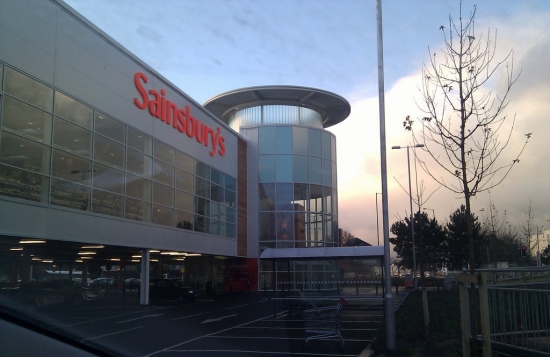The UK’s third-largest supermarket chain has announced its intentions to embark on a major expansion of its smaller convenience stores in London and the South East. Yet Sainsbury’s is only one of many chains currently examining the possibility of mass openings in a short time frame as the South East and capital city remain by far the most stable areas in the UK when consumer disposable income is taken into account.

Already this year Tesco, Morrisons and Waitrose haver all revealed plans to open a network of their own convenience stores in London, largely thanks to a change in consumer preference.
While in the early 2000s superstores of the type pioneered by Tesco drew in the largest crowds, the recession has ensured that quick convenience shopping with a lesser focus on electronic and clothing ranges is now the format preferred by the majority of shoppers.
50 Sainsbury’s Local convenience stores are expected to open in the region between now and the first few months of 2014, creating up to 1,000 jobs in local communities. While the majority of locations in the pipeline have not yet been revealed, the chain has confirmed that Holborn, Highgate and Tower Hamlets will all see store openings no later than May of this year.
The 50 new additions will increase Sainsbury’s convenience store network to 200 in these two regions alone.
This may seem like a large amount, yet figures recently released by the chain have shown that this strategy certainly appears to be working. Sales in the smaller stores grew by 18 per cent in the fourth quarter, with new store openings contributing hugely to this success.
Across the 523 convenience stores Sainsbury’s operates nationwide, a footfall of over 5 million customers is recorded on a weekly basis.
According to Kantar Worldpanel, this strategy has also helped Sainsbury’s leave rivals Tesco, Asda and Morrisons firmly behind in terms of sales growth. In the 12 weeks to 17th March a sales increase of 6.2 per cent was recorded by the chain, meaning that the third largest UK supermarket business now has a 16.9 per cent market share in the grocery industry.
Do you think consumers will revert to the former favourite superstore format when the economy stabilises, or is the convenience store the new king of the supermarket jungle despite its small size?